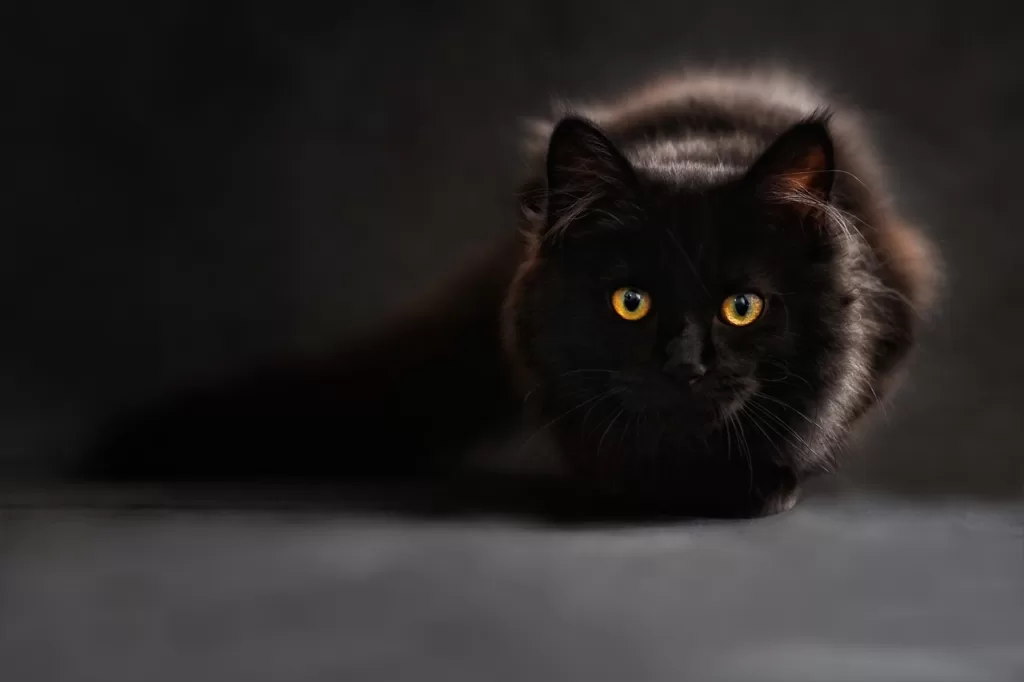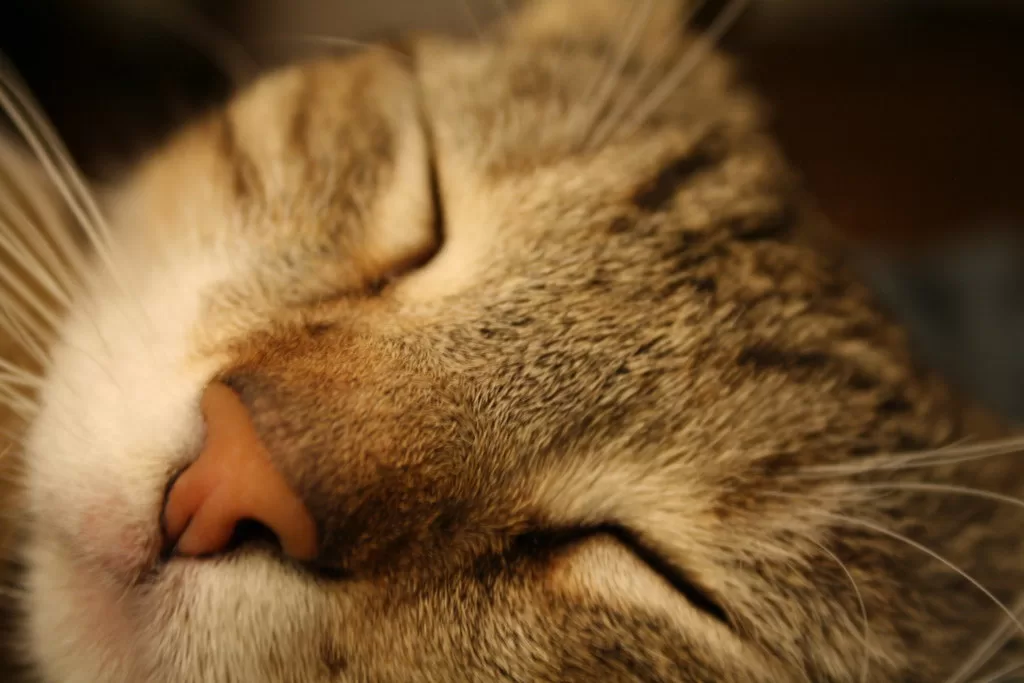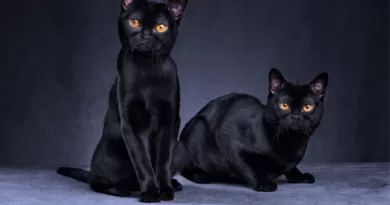A Guide to Cat Euthanasia: Empowering Pet Owners with Knowledge and Choices
Making the decision to euthanize a beloved cat is one of the most difficult choices a pet owner can face. It is a decision that comes with a heavy emotional burden and ethical considerations. Understanding the signs that may indicate it is time to consider euthanasia, as well as exploring the options available, can help pet owners navigate this challenging process with compassion and care.
Guide to Cat Euthanasia: Understanding the Difficult Decision of Cat Euthanasia
The decision to euthanize a cat is not one that is made lightly. It is a decision that is often filled with emotional turmoil and ethical considerations. Pet owners must grapple with the idea of ending their cat’s life, even if it is in their best interest. It is important to remember that euthanasia is a compassionate choice when a cat’s quality of life has significantly deteriorated and there are no viable treatment options available.
Quality of life plays a crucial role in the decision-making process. It is important for pet owners to assess their cat’s overall well-being and consider factors such as pain, mobility, appetite, and enjoyment of daily activities. Consulting with a veterinarian can provide valuable insight into the cat’s condition and help guide the decision-making process.
Guide to Cat Euthanasia: Signs that It May Be Time to Consider Cat Euthanasia
Recognizing the signs that may indicate it is time to consider euthanasia is crucial for pet owners. Physical signs such as chronic pain, difficulty breathing, loss of appetite, and inability to perform basic functions can indicate a decline in quality of life. Behavioral signs such as withdrawal, aggression, and loss of interest in previously enjoyed activities can also be indicators.
It is important to consult with a veterinarian when considering euthanasia. They can provide an objective assessment of the cat’s condition and offer guidance on whether euthanasia is the most compassionate choice. Veterinarians can also provide support and resources to help pet owners navigate this difficult decision.

See Also: When To Euthanize A Cat With IBD?
Exploring the Options: Different Methods of Cat Euthanasia
When it comes to euthanasia, there are different methods available. The most common method is an intravenous injection of a euthanasia solution, which allows for a peaceful and painless passing. Another method is inhalation anesthesia, where the cat is placed under general anesthesia and then given a high concentration of anesthetic gas to induce euthanasia.
Each method has its pros and cons. Intravenous injection is quick and effective, but some cats may be fearful of needles or have difficulty finding a vein. Inhalation anesthesia allows for a more gradual process, but it may take longer for the cat to pass. It is important to discuss the options with a veterinarian and choose the method that is best suited for the cat’s needs.
Guide to Cat Euthanasia: Finding the Right Veterinarian for Cat Euthanasia
Finding a compassionate and understanding veterinarian is crucial when it comes to cat euthanasia. It is important to choose a veterinarian who has experience with end-of-life care and who can provide support and guidance throughout the process.
One way to find a veterinarian who specializes in end-of-life care is to ask for recommendations from friends, family, or other pet owners. It can also be helpful to schedule a consultation with potential veterinarians to discuss their approach to euthanasia and ensure that they align with your values and beliefs.
Open communication with the veterinarian is key during this process. It is important to discuss any concerns or questions you may have and to be honest about your emotions and fears. A compassionate veterinarian will understand the difficulty of this decision and will provide support every step of the way.
Guide to Cat Euthanasia: Preparing Emotionally and Practically for Cat Euthanasia
Preparing emotionally for cat euthanasia is essential for both the pet owner and the cat. It is important to allow yourself time to grieve and process the impending loss. This may involve seeking support from friends, family, or support groups, as well as engaging in self-care activities such as exercise, meditation, or journaling.
Practical preparations can also help make the process as smooth as possible. This may include making arrangements for the cat’s remains, such as cremation or burial, and deciding on how to honor and remember the cat’s legacy. Taking care of these practical matters ahead of time can alleviate some of the stress and allow for more focus on the emotional aspects of the process.

The Role of Palliative Care in Cat Euthanasia Decision-making
Palliative care can play a significant role in the decision-making process for cat euthanasia. Palliative care focuses on providing comfort and pain management for animals with serious illnesses or conditions. It aims to improve the cat’s quality of life and provide support for both the cat and the owner.
Palliative care can help pet owners assess their cat’s overall well-being and determine if euthanasia is the most compassionate choice. It can also provide valuable support and resources to help manage pain and discomfort, allowing the cat to live out their remaining days with dignity.
Honoring Your Cat’s Legacy: Funeral and Memorial Options
Honoring and remembering a beloved cat is an important part of the grieving process. There are many options available for creating a meaningful tribute to your cat. This may include holding a funeral or memorial service, creating a memorial garden or plaque, or making a donation in your cat’s name to a local animal shelter or rescue organization.
It is important to choose a tribute that feels right for you and your cat. This may involve incorporating elements that were meaningful to your cat, such as their favorite toys or blankets. Taking the time to honor your cat’s legacy can provide comfort and closure during this difficult time.
Coping with Grief and Loss After Cat Euthanasia
Grief is a natural response to the loss of a beloved pet. It is important to allow yourself to grieve and to acknowledge the emotions that may arise. This may include feelings of sadness, guilt, anger, or even relief. It is important to remember that these emotions are normal and part of the healing process.
Finding support during this time is crucial. This may involve seeking support from friends, family, or support groups who have experienced pet loss. It can also be helpful to engage in self-care activities such as exercise, journaling, or seeking professional counseling. Remember to be patient with yourself and allow yourself time to heal.

Supporting Children through the Process of Cat Euthanasia
Talking to children about cat euthanasia can be challenging. It is important to be honest and age-appropriate in your explanations. Use simple language and provide reassurance that the decision was made out of love and compassion for the cat.
Allow children to express their emotions and ask questions. Encourage them to share their favorite memories of the cat and involve them in creating a tribute or memorial. Providing children with opportunities to say goodbye and express their feelings can help them cope with the loss.
Resources and Support for Pet Owners Facing Cat Euthanasia
There are many resources and support groups available for pet owners facing cat euthanasia. These resources can provide valuable information, guidance, and support during this difficult time. Some resources include online forums, hotlines, and local support groups.
It is important to seek support and not go through this process alone. Connecting with others who have experienced pet loss can provide comfort and understanding. Remember that you are not alone in your grief and that there are people who are willing to listen and offer support.
Conclusion
Making the decision to euthanize a cat is never easy, but it is a compassionate choice when a cat’s quality of life has significantly deteriorated. Understanding the signs that may indicate it is time to consider euthanasia, exploring the options available, and finding a compassionate veterinarian can help pet owners navigate this difficult process with care and compassion.
Remember to take the time to prepare emotionally and practically for cat euthanasia, and to seek support from friends, family, or support groups. Honoring your cat’s legacy and finding ways to cope with grief and loss are important steps in the healing process. You are not alone in your grief, and there are resources available to help you through this difficult time.
Enjoyed This Article? You May Also Like:




